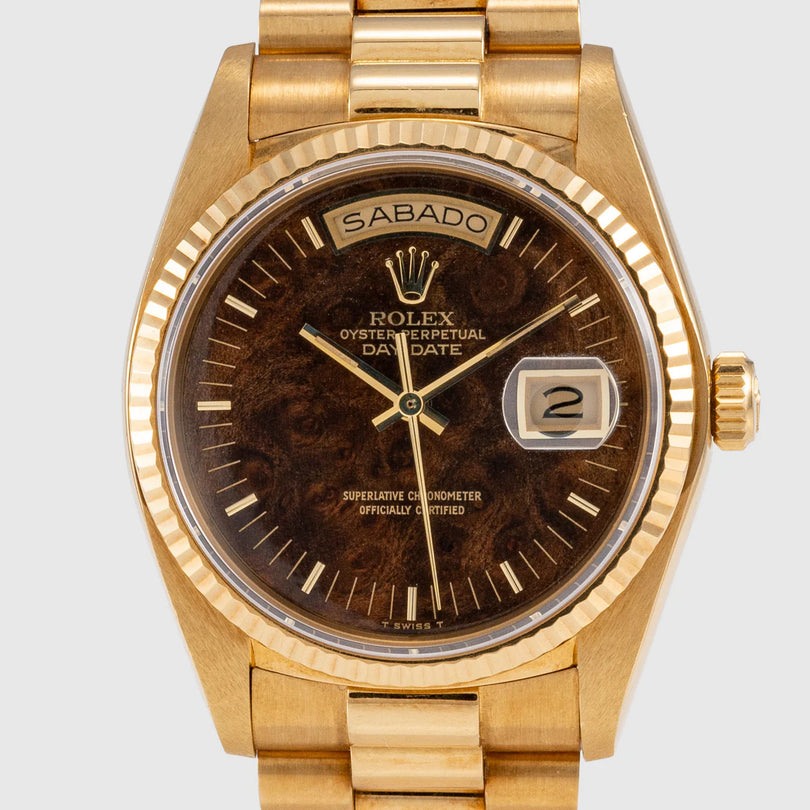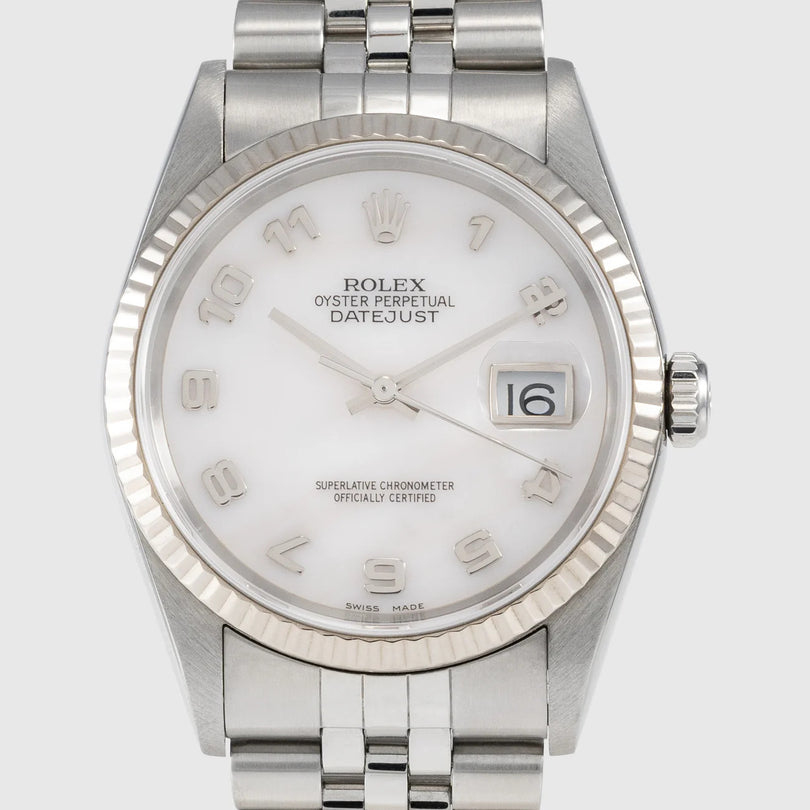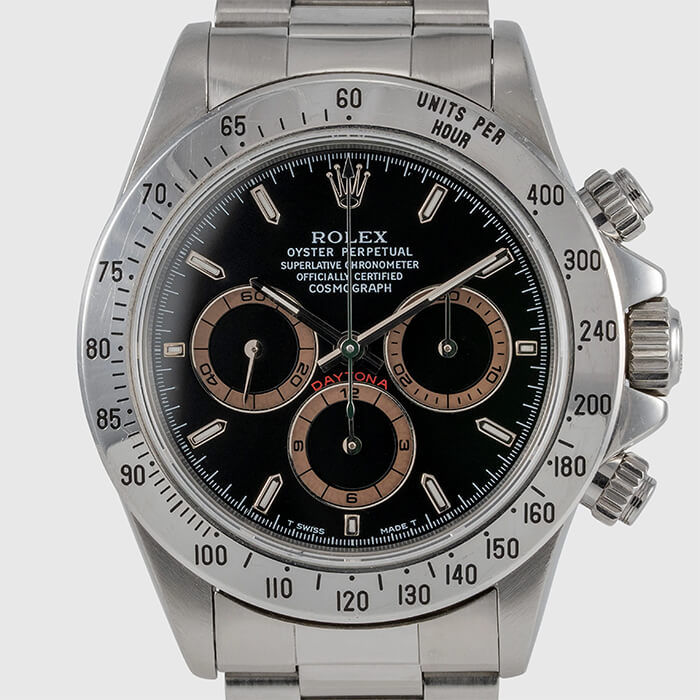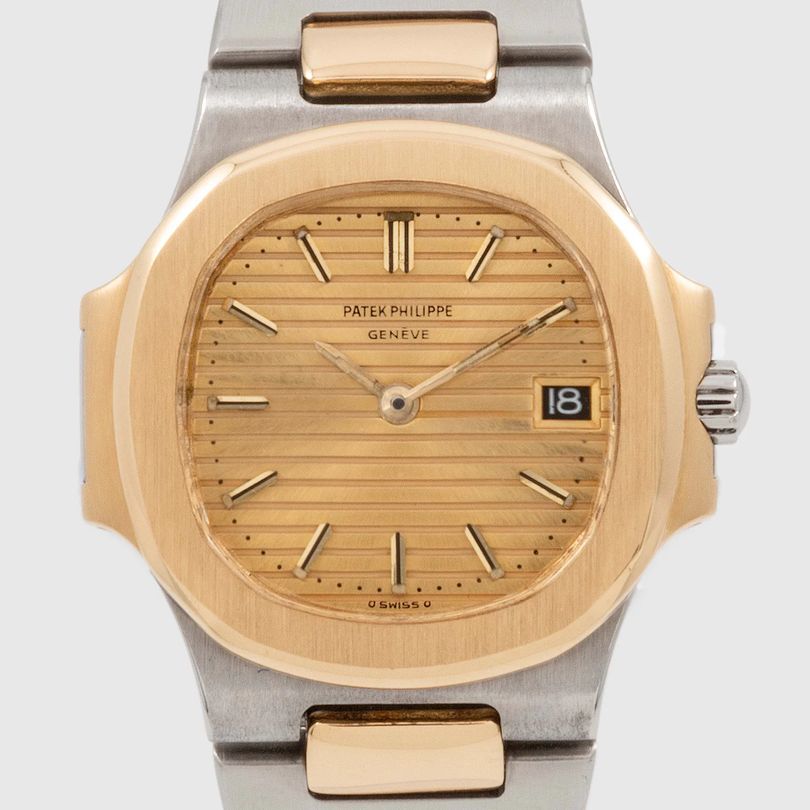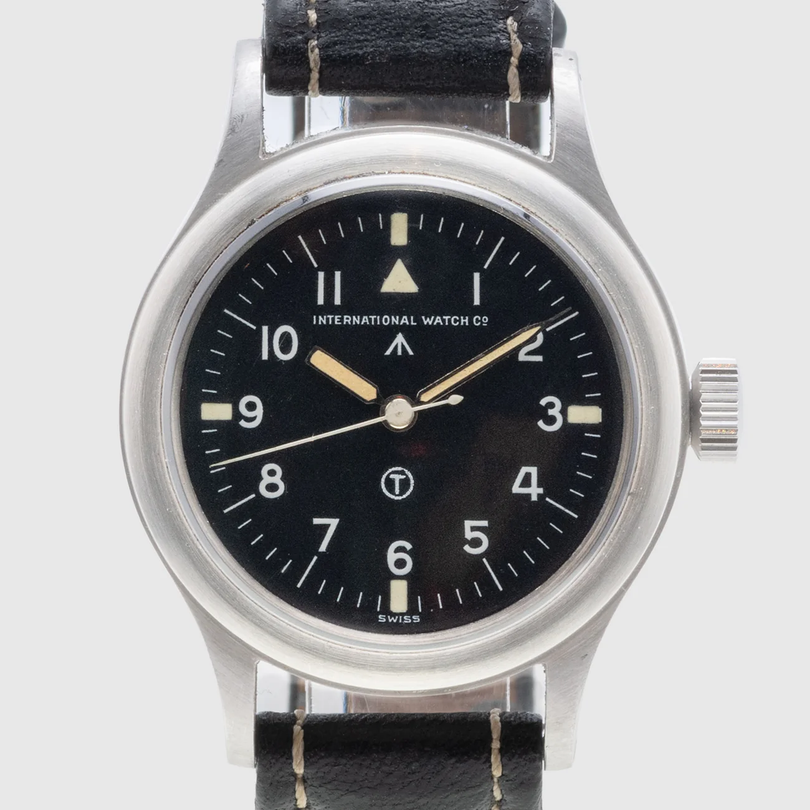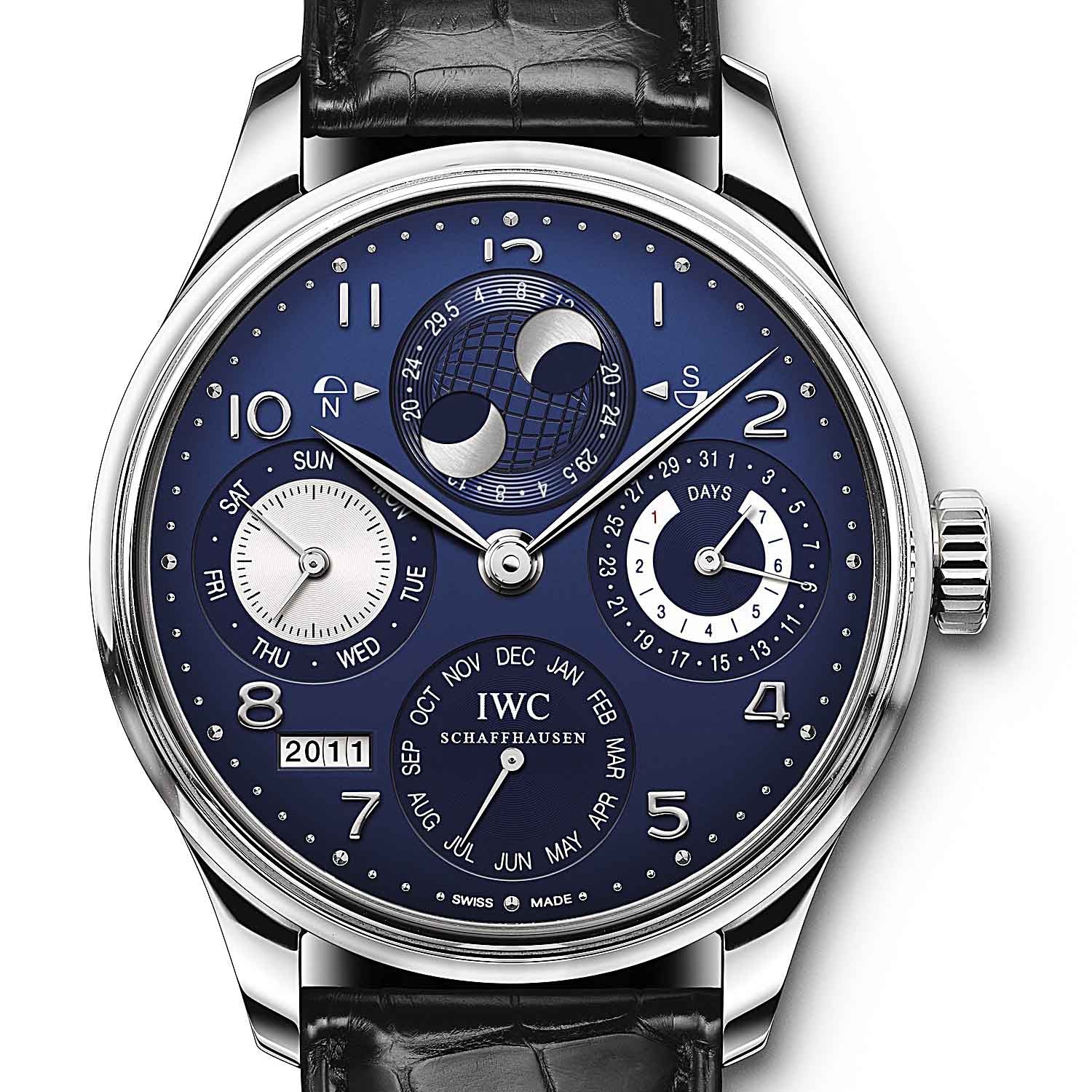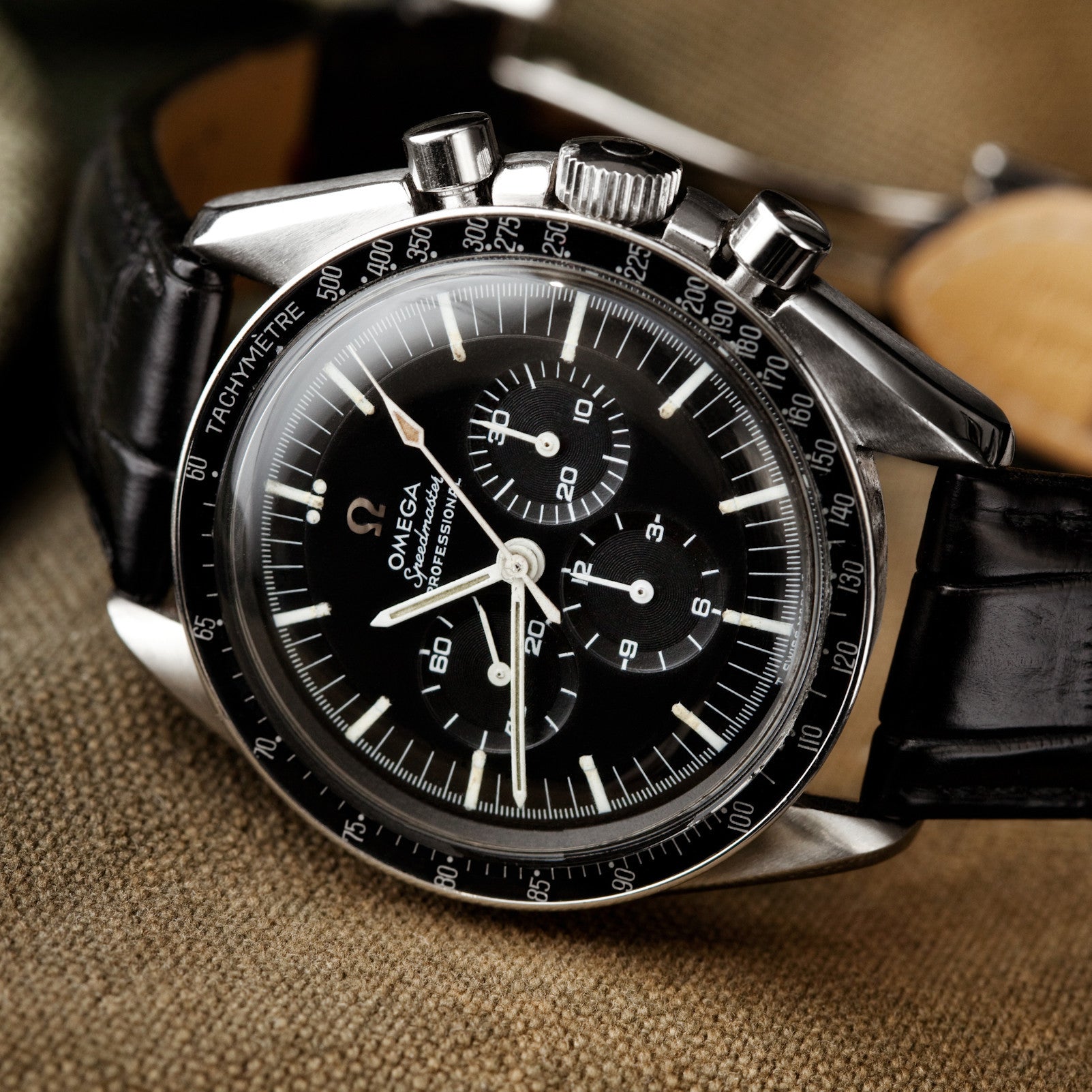
It’s the flagship watch from Audemars Piguet, and it has been around for just over 40 years. In that time it has achieved red-letter status and it’s one of the most recognizable watches around. But what makes this particular wristwatch so irresistible?
In my years as a collector and as a specialist in timepieces, I’ve noticed that it’s not just the average luxury buyer that wants a Royal Oak. Even long-time connoisseurs appreciate its quality, and the vintage models that can still be found don’t sit on the shelf for long.

Audemars is one of the last entirely family-owned brands that make high-end luxury watches. Back in 1972 they enlisted the help of the legendary watchmaker Gerald Genta to design an “unprecedented steel watch". And he did it in just one day.
Taking inspiration from a steel diver’s helmet and the portholes of ships, Genta worked through the night and came up with the schematics for the prototype. The iconic octagonal shape was born. Eight highly visible screws made from white gold were sunk right through the bezel to the case back, creating a look that has stood the test of time.
The dial is decorated with a Tapisserie technique, made with a 100 year old pantograph that duplicates the pattern from a mold onto the dial. It breaks up the light and accentuates the relief.
The prototypes for the original run actually had to be made using white gold instead of steel because the machinery available couldn’t handle the steel specifications of Genta’s design.

Skeptics predicted that the watch would fail miserably. It took a long time to sell the first 1000 Royal Oaks, but the second 1000 moved much faster, and once they started moving, nothing could stop them.
This first batch of watches make up the so-called “A Series” – and they are any collector’s ‘Holy Grail’ watch to find.
The Royal Oak was in a league of its own when it was first created. It was the first “sports watch” that was also a true luxury timepiece. It was rugged, durable and water-resistant, but it looked and felt like a luxury watch. Both the steel and gold versions incorporate intensive hand-applied finishing techniques including beveling, lapping, polishing, and brushing. Each link in the bracelet is a different size, and each detail is a work of art.
Selling at 3300 Swiss Francs when it was introduced it was more expensive than a gold Patek Philippe dress watch and more than ten times the cost of a Rolex Submariner.
In the early 1990’s Audemars Piguet released the Royal Oak Offshore, targeting a new, young market, and like its predecessor it proved the skeptics wrong and soared in popularity. Movie stars, sports champions and best-selling musicians embraced it with almost cult-like devotion.

To me, though, the original Royal Oak is in a different league. I was pleased when Audemars released the ref 15202 “Jumbo” range that stays true to the original in almost every way. A few minor improvements were made, like a new clasp mechanism and a crystal case back that allows you to see the movement, but all the regular features are identical.
Well – when something is perfect – why change it?

